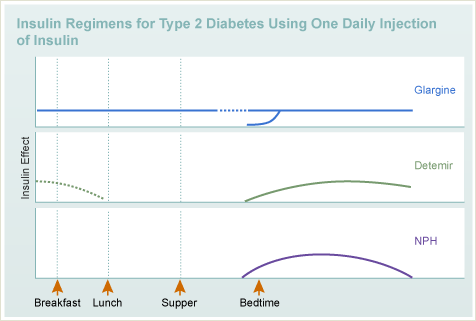

Often used in combination with rapid or short-acting insulin.More consistent effect and longer duration of action compared to NPH insulin.Often used in combination with rapid-acting or short-acting insulin.Recommended interval between injections and meal, if it is the only antidiabetic drug used: 30–60 minutes.


Rapid absorption due to immediate dissociation into individual insulin molecules.Overview of the different types of insulin See also “ Antihyperglycemic treatment of diabetes mellitus” and “ Inpatient management of hyperglycemia.”įor synthesis and regulation of insulin see “ Endocrine pancreas.” Overview It is crucial that patients receiving insulin therapy undergo in-depth training to prevent potentially life-threatening conditions such as hypoglycemia as a result of an insulin overdose or drug interactions. Insulin therapy is an important part of treatment for individuals with no or insufficient insulin production (e.g., diabetes mellitus, gestational diabetes). There are several insulin analogs (e.g., insulin glargine) with a different molecular structure but similar properties to human insulin, with differences mainly in the onset, peak, and duration of action. Further important metabolic functions of insulin include the promotion of carbohydrate, amino acid, and fat storage in the liver, skeletal muscle, and adipose tissues. By modulating glucose absorption from the blood, insulin lowers blood glucose levels. Insulin is an anabolic peptide hormone that is produced and secreted from β cells located in the islets of Langerhans of the pancreas.


 0 kommentar(er)
0 kommentar(er)
